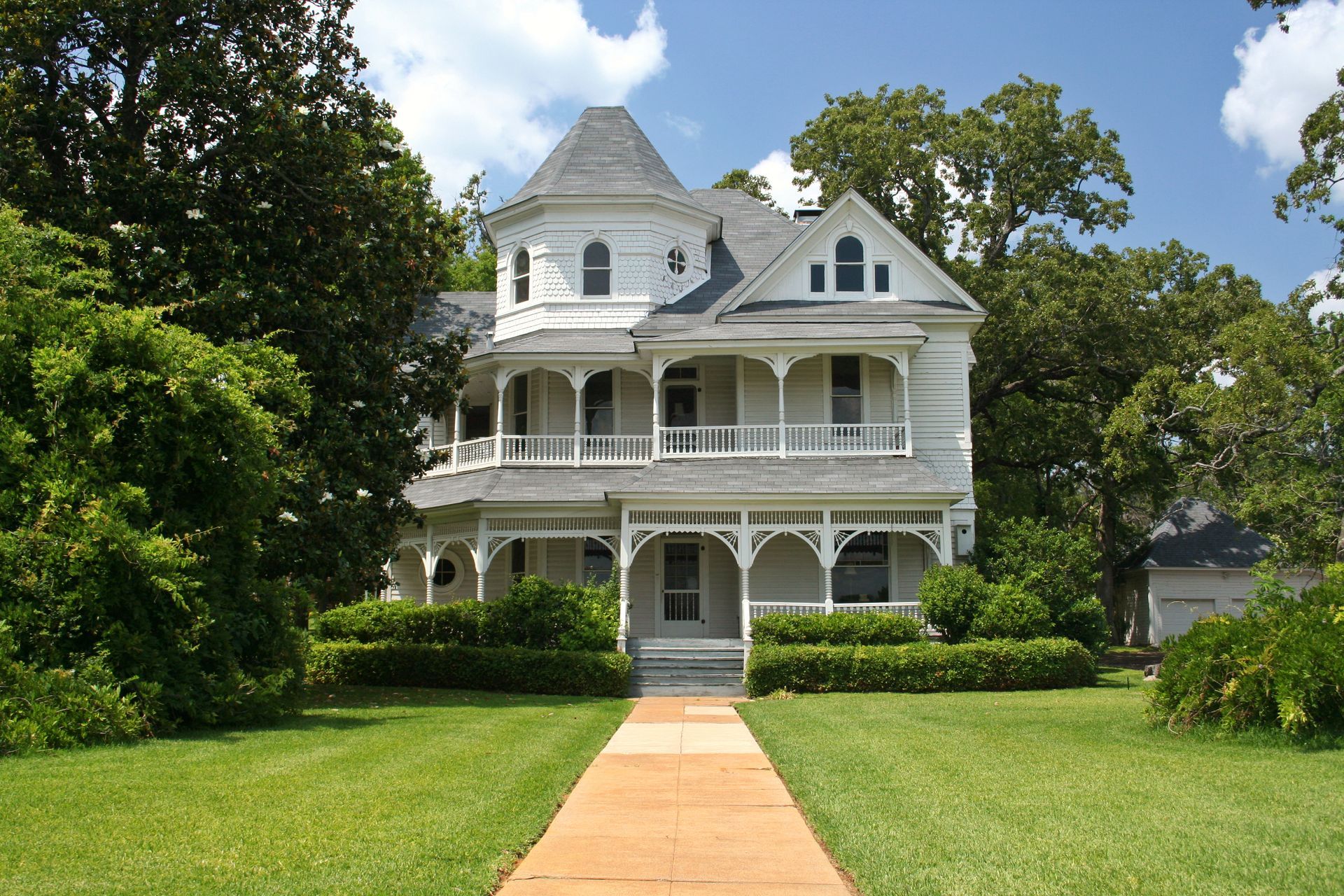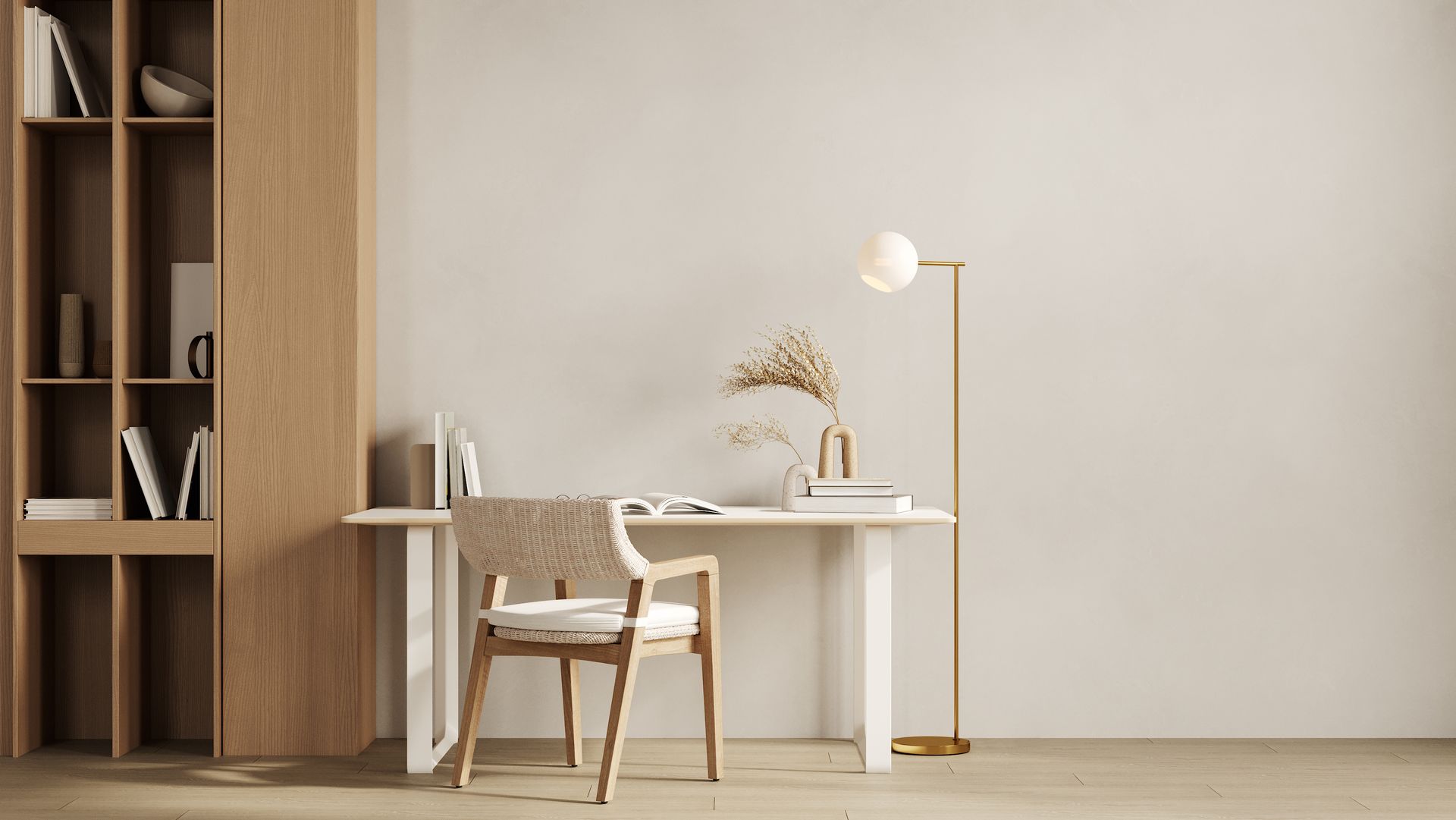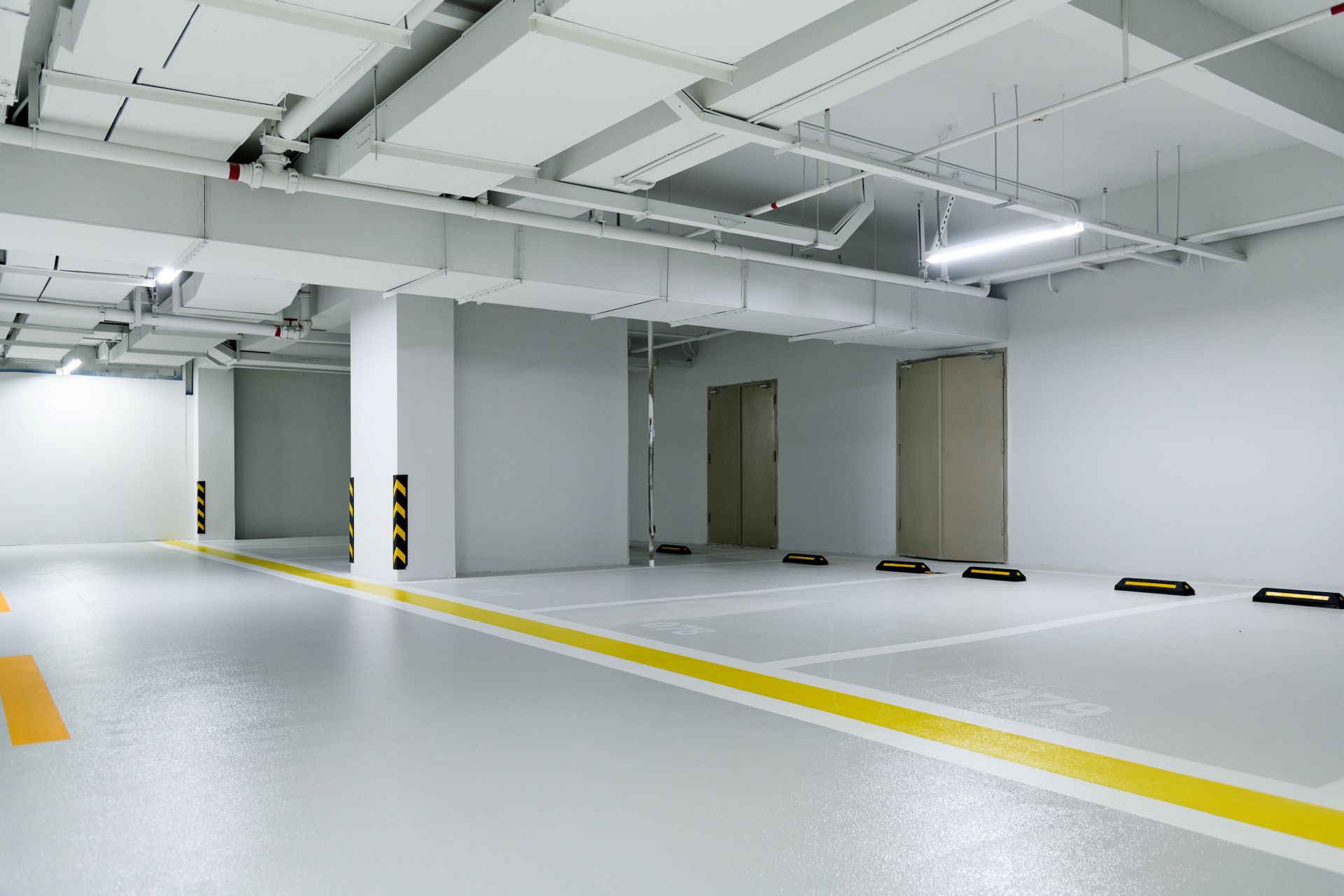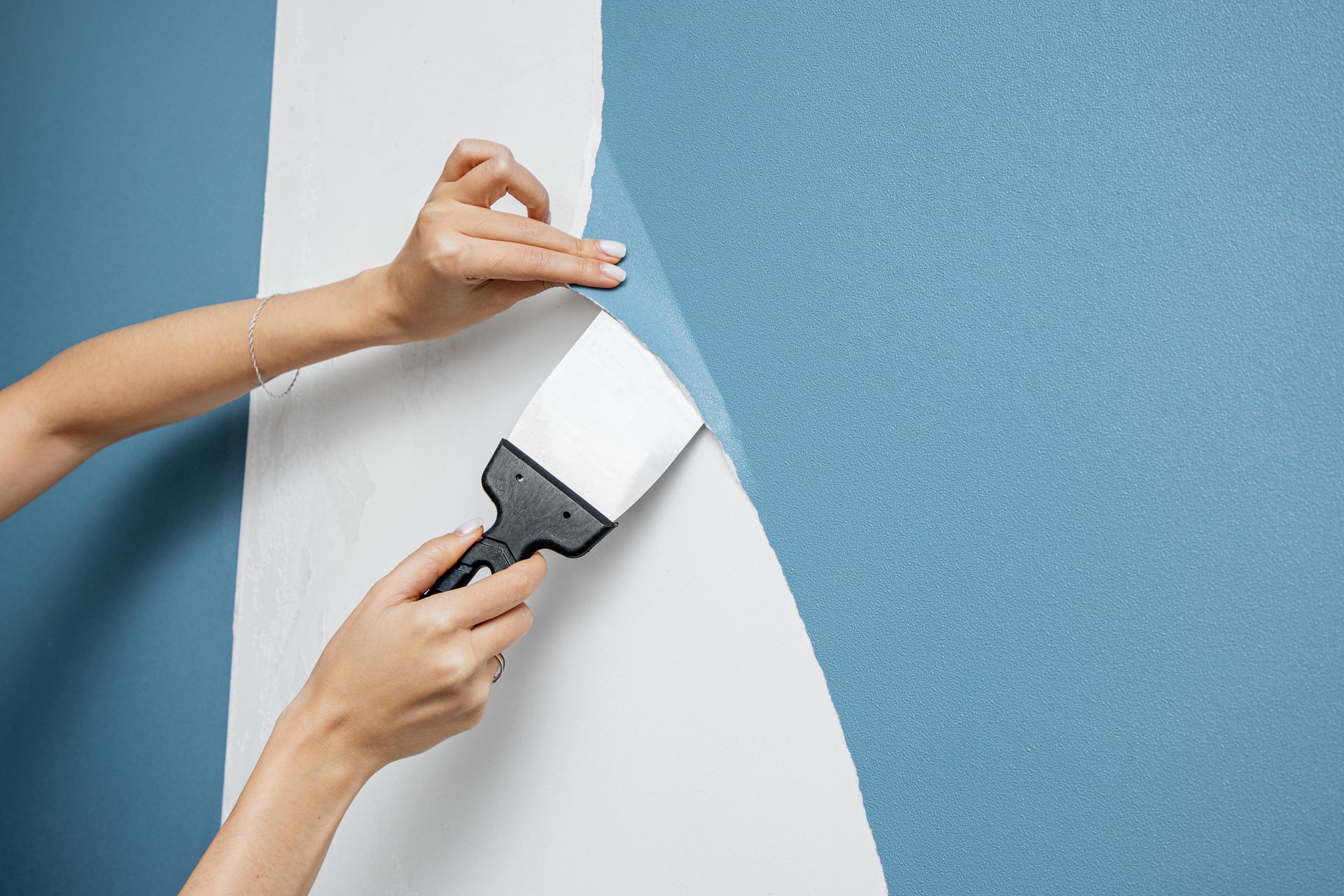If you have a wooden home, keeping it protected from the weather while making sure it still looks great is important. Two of the most common ways to do that are with stain or paint. Both options help keep wood in good shape, but they look and act differently. This article will explain the differences between stain and paint, highlight the benefits of each, and help you decide which one is the better fit for your home.
Appearance: Natural Look vs. Full Coverage
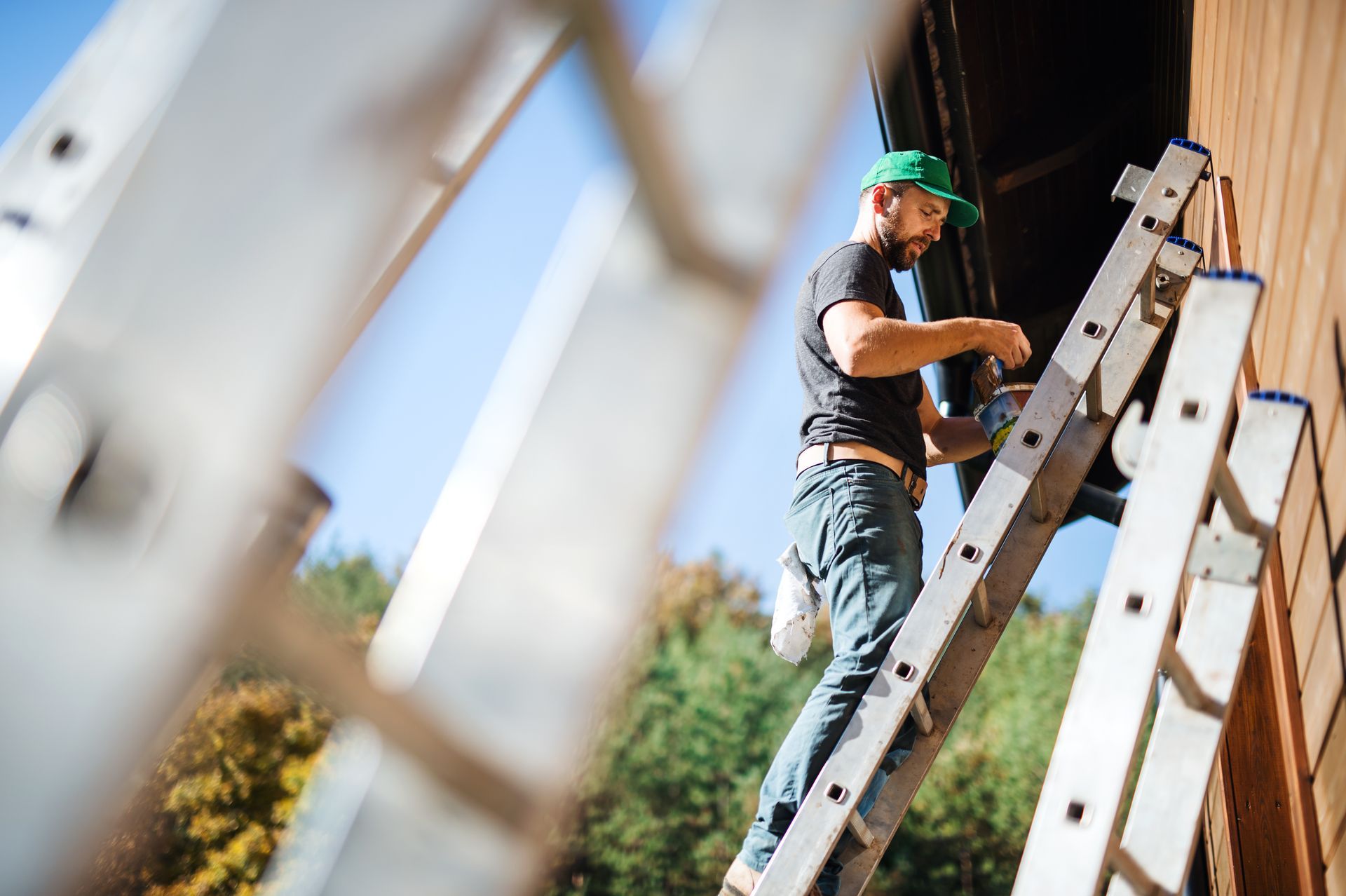
One of the biggest differences between stain and paint is how each one changes the look of the wood. Stain adds color while still showing the natural pattern and texture of the wood underneath. It gives a more natural, toned-down finish that highlights the original surface. If you like the look of wood and want to keep that style, stain is the better choice.
Paint, on the other hand, fully covers the wood surface. It hides the grain and creates a smooth, solid color all over. This is helpful if the wood has some age, damage, or areas that don’t match. Paint also comes in a wider range of colors, making it easier to match your siding to trim, shutters, or other parts of your home. If you want a bold or modern look, paint might be the right choice.
Reasons to Choose Stain
Staining wooden siding is a great option when you want to protect the surface without covering it up. Stain soaks into the wood, helping it hold up better in the long run. It’s also easier to work with over time and has some practical advantages.
- Soaks into the wood for better lasting power
- Less likely to crack, peel, or bubble
- Simple to reapply when it starts to fade
- Helps block moisture and reduce damage
- Usually faster to apply than paint
Stain is a good fit for homeowners who like a natural look and want something that’s easier to maintain over time.
When Paint Makes More Sense
Paint can be the better choice when you want a fresh, smooth finish or need to cover up uneven areas. It creates a strong layer that protects the wood and can hide small flaws or repairs. If your wood siding is older or shows signs of wear, paint can give it a clean, updated look.
Paint also tends to last longer before needing another coat, usually 8 to 10 years with good prep and care. That can be helpful if you want to go longer between updates. And with so many color options available, paint gives you more ways to make your home stand out or match other features.
Choosing What’s Right for Your Home
There’s no one-size-fits-all answer. The right choice depends on your style, how much maintenance you're comfortable doing, and the condition of your siding. If you want to keep the natural wood look and have an easier time keeping it up, stain is likely the better fit. If you want a clean, colorful finish and less frequent touch-ups, paint might make more sense.
At Pioneer Painters, we help homeowners make the best decision for their homes. We’ll look at your siding, talk about your style goals, and walk you through the process so you feel confident moving forward.
Ready to update your wooden home?
Get in touch with Pioneer Painters to talk about the best way to protect and refresh your exterior. We
offer free quotes and honest advice to help you get started.
Frequently Asked Questions
How long does stain typically last on a wooden house?
Stain usually lasts around 3 to 7 years depending on the weather and how much sun or moisture your home gets. Lighter stains may need more frequent touch-ups than darker ones.
Is it cheaper to stain or paint a wooden house?
Staining is often less expensive upfront because it takes less time to apply. However, since stain may need to be reapplied more often than paint, the long-term costs can even out.
Can you switch from paint to stain?
It’s possible, but it requires a lot of prep. You’ll need to remove all the existing paint and sand down the surface so the wood can absorb the stain properly. In many cases, it’s easier to re-paint than to switch to stain.
What kind of wood works best with stain?
Stain works well on most wood types, especially cedar, redwood, pine, and other softwoods. These woods absorb stain evenly and show off the natural grain nicely. Hardwoods can also be stained but may require more coats.
Recent Blogs


